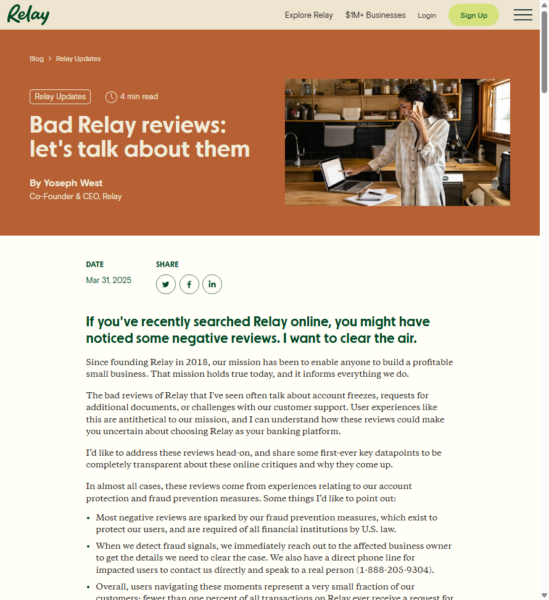What is a Brachial Plexus injury?
A brachial plexus injury is an injury to the network of nerves that sends signals from your spine to your shoulder, arm and hand. This type of injury occurs when these nerves are stretched, or in the most severe cases, torn. Babies sometimes sustain a brachial plexus injury during birth. This typically occurs when your shoulder is pressed down forcefully while your head is pushed up and away from that shoulder.
What is the difference between Erb’s Palsy and Cerebral Palsy?
Erb’s Palsy is a physical injury whereas Cerebral Palsy is a neurological disease. Erb’s Palsy is a form of brachial plexus palsy. It leads to a weakness of a newborn baby’s arm and is caused by a stretch injury to the brachial plexus.
Cerebral Palsy is a group of chronic disorders that stem from abnormalities or damage to the brain. Early signs can include delays in development and problems controlling movement or posture. The disease begins before, during, or after birth in the first years of life.
Is Erb-Duchenne Palsy an emergency?
Most newborns with brachial plexus birth palsy recover on their own. However, it is crucial that parents carefully monitor their child’s treatment process to see if the nerves are recovering. Failure to do so may prevent their child from achieving maximum functional recovery. It may take up to two years for complete recovery.
What percent of births have Shoulder Dystocia?
Shoulder Dystocia affects between .25 and one percent of U.S. births per year. That means about one or two of every 1,000 babies have this condition.
How does Maternal Diabetes Affect Erb’s Palsy?
Maternal Diabetes can lead to excess growth of the baby and greatly increases risks during labor. As a result, women with Maternal Diabetes have a greater risk of having a baby with Erb’s Palsy.
Conclusion
Erb’s Palsy, while a rare disease, can be very dangerous. So what exactly are the risk factors associated with Shoulder Dystocia? The risk factors associated with Shoulder Dystocia include: unusually long labor, gestational or maternal diabetes, using forceps with the birth, a petite mother, delivery after due date, abnormally shaped pelvis, excessive weight gain during pregnancy, and an oversized baby. These are risk factors that cannot be ignored. As a parent, you have a responsibility to monitor your child, if he or she does develop Erb’s Palsy. The damage however, may have already been done if your doctor uses excessive force to reposition the baby. That force can lead to tearing nerves causing Erb’s Palsy or brachial plexus palsy which causes partial or complete paralysis. If medical malpractice caused your child’s Erb’s Palsy, then it is important to seek the appropriate remedy.

The Legal Examiner and our Affiliate Network strive to be the place you look to for news, context, and more, wherever your life intersects with the law.










Comments for this article are closed.